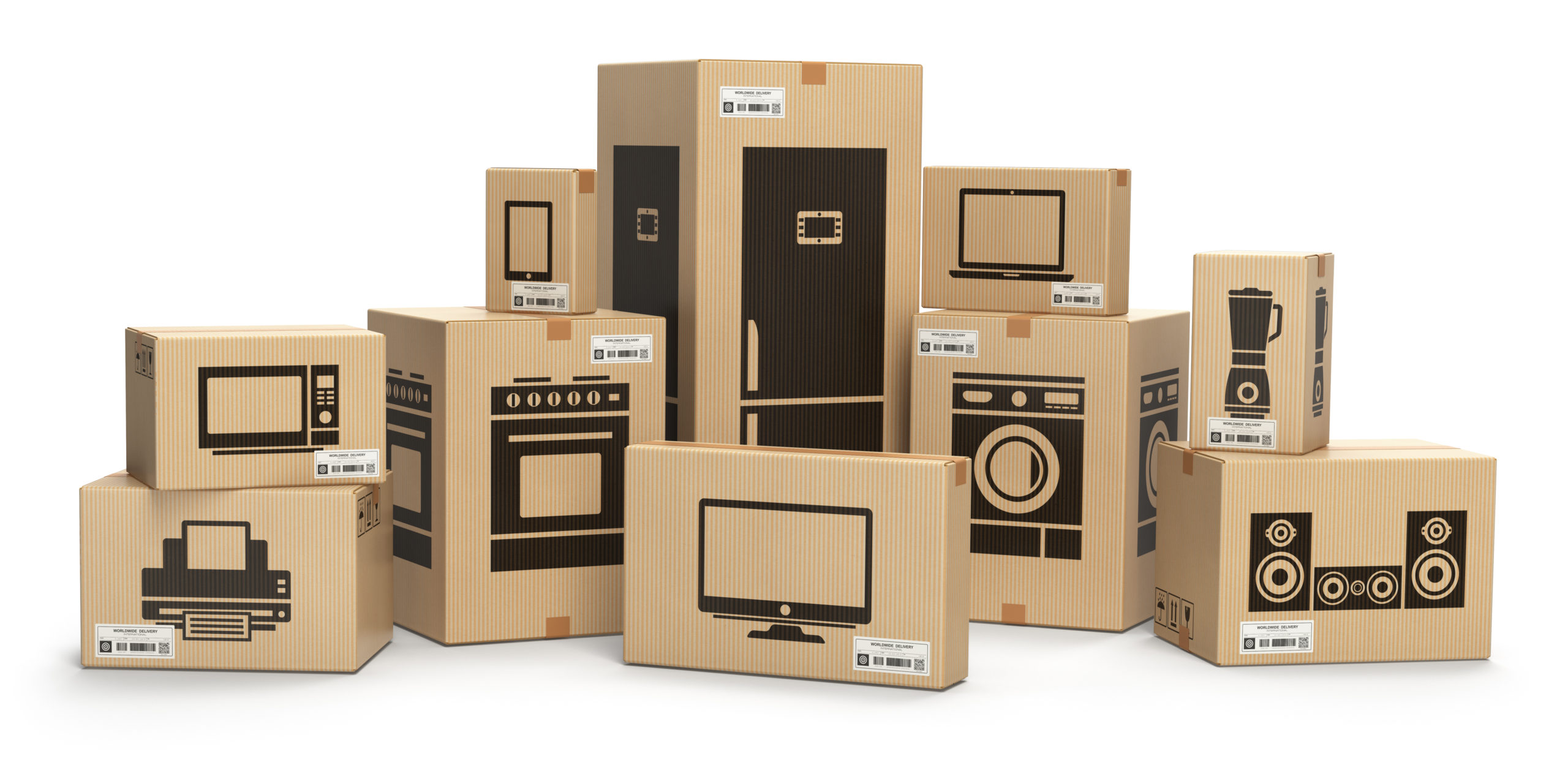Making the Right Choices with Packing Boxes

When it comes to moving or storing belongings, the importance of selecting the right packing boxes cannot be overstated. Smart packing begins with making informed choices about the type, size, and material of packing boxes.
A packing box comes in a variety of sizes, and selecting the right size is a fundamental aspect of smart packing. Overly large boxes may become too heavy or challenging to manage, while boxes that are too small can lead to inefficient use of space. Smart packers understand the importance of choosing packing-boxes that suit the items being packed.
Consider the dimensions of your belongings and opt for boxes that provide a snug fit. This not only maximizes space but also ensures that items are secure during transportation or storage. Smart packing starts with the right-sized boxes.
Different Types
Not all boxes are created equal, and understanding the diverse types available is crucial for smart packing. From standard cardboard boxes to specialty boxes designed for specific items like wardrobes or dishware, having the right type of boxes for various belongings is key to ensuring their safety and integrity during the packing process.
When embarking on a packing journey, assess your needs and invest in a variety of packing boxes. Wardrobe boxes are excellent for transporting clothes without wrinkles, while dish boxes with dividers keep fragile items secure. Having the right types of boxes simplifies the process and contributes to a successful move or storage experience.
Packing Boxes Material
The material of packing-boxes is another factor that smart packers consider. Cardboard is the most common material, offering a balance of strength and affordability. However, for items requiring extra protection, such as delicate electronics or valuable artwork, corrugated or specialty boxes may be more suitable.
Evaluate the fragility and weight of your items when choosing packing-boxes. For heavier items, opt for double-walled corrugated boxes, while delicate items benefit from specialty boxes designed to provide added protection. Smart packing involves matching the material of boxes to the specific needs of the items being packed.
Optimizing Efficiency
Smart packing is not just about the boxes themselves; it is also about optimizing efficiency and organization. Utilize labeling systems on packing-boxes to identify contents and room destinations. This makes unpacking at your new location a breeze and ensures that essential items are easily accessible.
Create a labeling system that works for you, whether it is color-coding, numbering, or detailed lists. This small investment of time during the packing process pays off significantly when it comes to the time to unpack. Smart packing is about setting yourself up for a well-organized and efficient transition.

